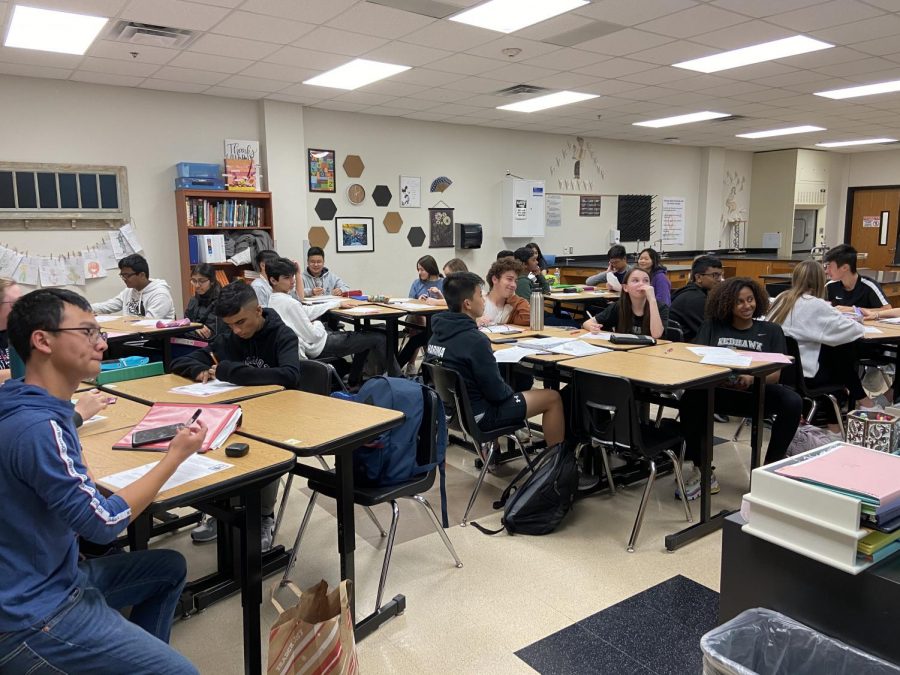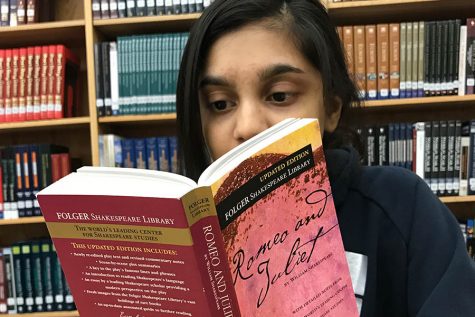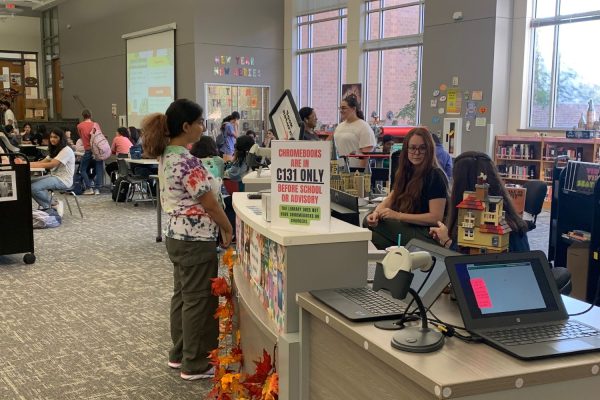Body systems explored online
Although biology students are not physically present in the lab, students have been able to explore protists and fungi from the comfort of their own home, as well as body systems. Students have been taking part in virtual labs helping them learn the material.
May 19, 2020
In person learning on campus hasn’t been a thing since before spring break, but learning at home continues despite the crisis.
“My students are learning about the body systems and how they interact to maintain homeostasis,” biology teacher Mattison Cantrall said. “By the end of the unit I want my students to understand their body better in order to make better decisions for their health. We will be researching different illnesses and diseases in the last week and a half of school and I want the students to be able to apply everything we have learned throughout the whole year.”
Students watch a video of Cantrall going over the notes while filling their own out.
“Everyday she gives us a PowerPoint to do, a drawing, a paragraph to write, or just notes. We aren’t doing any big projects, really it’s just notes but she makes it fun,” freshman Isabelle Radde said. “I have learned that tonsils trap germs, the spleen filters the blood, body limbs are skeletal muscle, and a lot more. I’m really excited to keep learning about the body.”
The notes consist of reviewing the functions of each system as well as the major parts of it.
“So we’ve been learning about the body and some of its functions, and I think some of it’s very interesting and some of the functions I’ve learned were things I would’ve never thought would happen,” freshman Jack Jessop said. “I think the unit has been very helpful especially for the years to come because I know we’ll have to know that for the STAAR test and for the classes in college. I’ve learned that there are thousands of bacteria on you and that is hard to believe.”
At the end of the week after going over all the systems students take a quiz over the systems from that week.
“She’s making it pretty easy on us. She makes PowerPoints that help us with our notes and we add on to them everyday then at the end of the week we have a quiz and we turn in the notes,” Radde said. “But although the unit has been easy I still think it has been helpful because it’s helping me understand what’s going on inside of our bodies.
The quizzes cover what the functions of the systems are, what are the things that are part of that system, and finding out what system is used in a certain example.
“Unfortunately, the opportunity for some of my favorite activities has been taken away. We do not get to do dissections or any of the labs that culminate all of the information we have learned all year. The best part of biology is seeing how it all comes together,” Cantrall said. “I have had to transition my lessons to online learning. I think that online learning is a bit harder because the students have to be accustomed to the technology and have the motivation to do their work at home. Therefore, I have shortened my lessons quite a bit. What we would have done in one or two class periods I now have stretched out over an entire week.”













